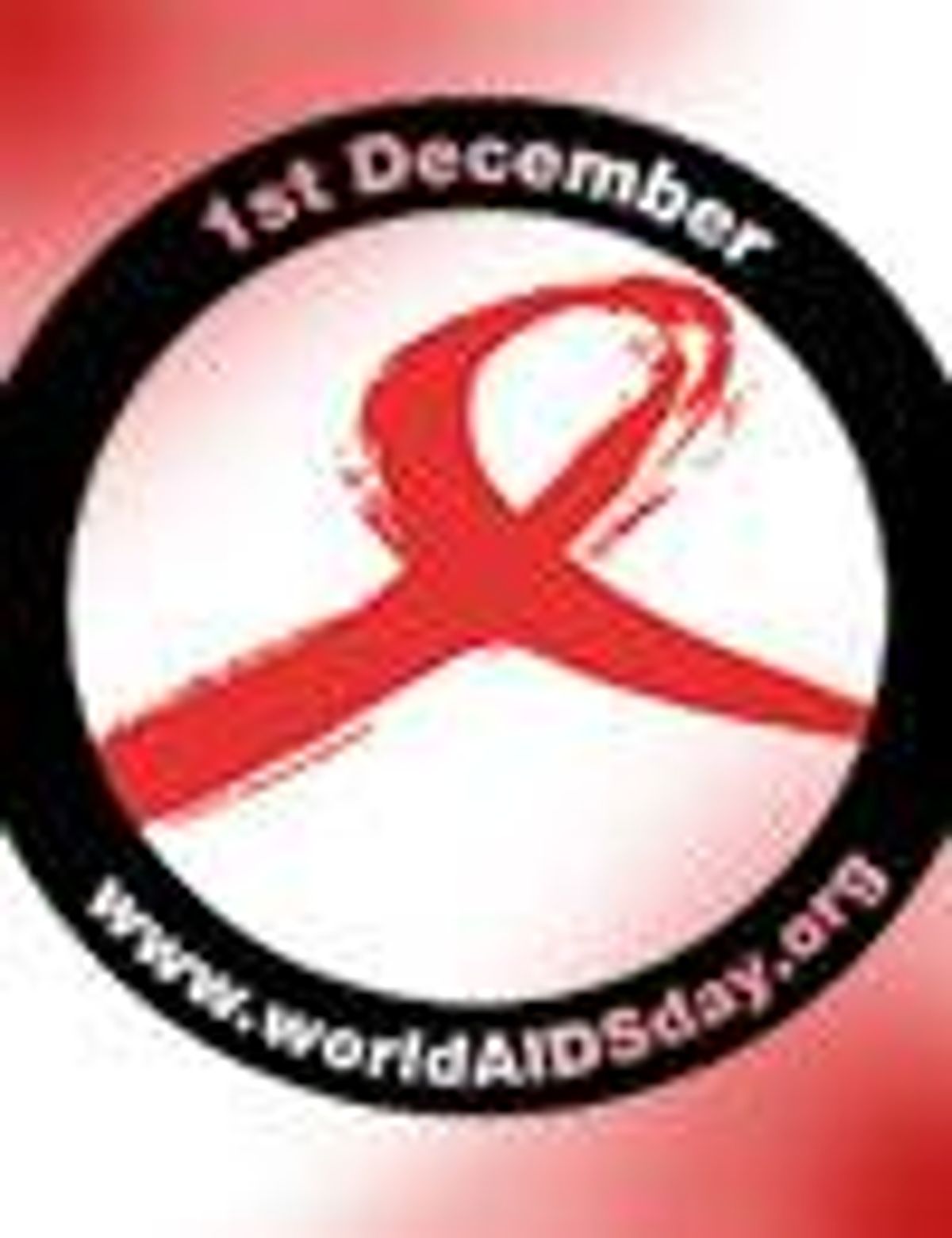
As World AIDS Day comes around again on December 1, many of us remember how remarkable it was back in 1995 to believe that--for the first time ever--those we loved might survive HIV/AIDS.
November 29 2005 12:00 AM EST
November 17 2015 5:28 AM EST
By continuing to use our site, you agree to our Private Policy and Terms of Use.

December marks the 10th anniversary of the first truly effective approach to treating HIV: combination therapy or highly active antiretroviral therapy (HAART).
These powerful medications have saved the lives of thousands of people living with HIV/AIDS, including many gay men across the country. This important anniversary reminds us of the tremendous progress that has been made in AIDS treatment over the past decade as well as how much remains to be done to improve HIV/AIDS care for those living with the disease.
The approval of the first HAART regimen was truly historic. Many of us remember how remarkable it was to believe for the first time that those we loved might survive HIV/AIDS. A disease that was once considered a death sentence gradually transformed into a serious yet potentially manageable condition for many. For the first time in years, obituary sections in community publications like this began to shrink.
In the decade since combination therapy was introduced, deaths from AIDS have dropped by more than 60% in the United States, falling from a peak of more than 48,000 in 1995 to approximately 18,000 in 2003. Almost overnight, HAART created a generation of HIV survivors. Yet survival came with a price.
Patients on early HAART therapies often had a terrible time with medication schedules. Many treatment regimens were taken five times a day and carried complex meal requirements. A typical patient would roll out of bed, swallow a handful of pills on an empty stomach, take more pills later with food and grapefruit juice (to aid with absorption), eat two hours later, then begin the process anew with dinner. Many also experienced serious side effects such as severe fatigue, diarrhea, nerve-related pain, and the stigmatizing body-altering syndrome known as lipodystrophy.
Patients demanded improvements, and medical science produced something unprecedented in infectious-disease medicine--a stunning array of new and better drugs. Today, HIV treatment is much less complex than a decade ago, requiring fewer pills and fewer doses, often with fewer side effects. Treatment advances are helping people with HIV to live and plan for more normal lives. Progress in HIV research is likely to continue--the world's first complete HIV regimen in a single once-daily pill is expected in 2006.
Of course, treatment hurdles still remain, including side effects and drug resistance. In a recent study of modern HAART, up to 89% of patients had experienced at least one drug-related side effect. That needs to improve. Ongoing research is currently underway to develop additional therapies in new drug classes in order to better treat those with advanced or highly resistant strains of HIV.
Another huge challenge is reducing the rate of new infections. Forty thousand more people are infected with HIV in the United States every year. Optimism about improving treatment should not lull anyone into believing that HIV is not still a serious disease, one that is still better avoided than treated.
Access and timely treatment is also still a challenge for many. While therapy options have greatly improved, not everyone is benefiting from quality HIV/AIDS care. Too many people are being diagnosed with AIDS-related illness in the emergency room at a late stage in their disease and are missing the benefits of earlier treatment. This is particularly true for the poor and people of color, including African-American and Latino gay men, who traditionally have experienced barriers in accessing health services. Globally, greater efforts are needed to treat the millions of people living with HIV disease in developing countries.
The good news is that the next 10 years are likely to see significant advances in treatment for HIV/AIDS. HAART's evolution will continue, providing more palatable options for all people living with HIV/AIDS. Awareness of HIV testing and treatment services continues to grow, as does access to information and improving therapies. In recent years the international community has made significant progress in expanding global access to HIV treatment.
The challenges ahead are daunting. But physicians, scientists, health care workers, and activists can be proud of the significant improvements they have made over the past decade that have enhanced the lives of people living with HIV/AIDS. Our work continues.